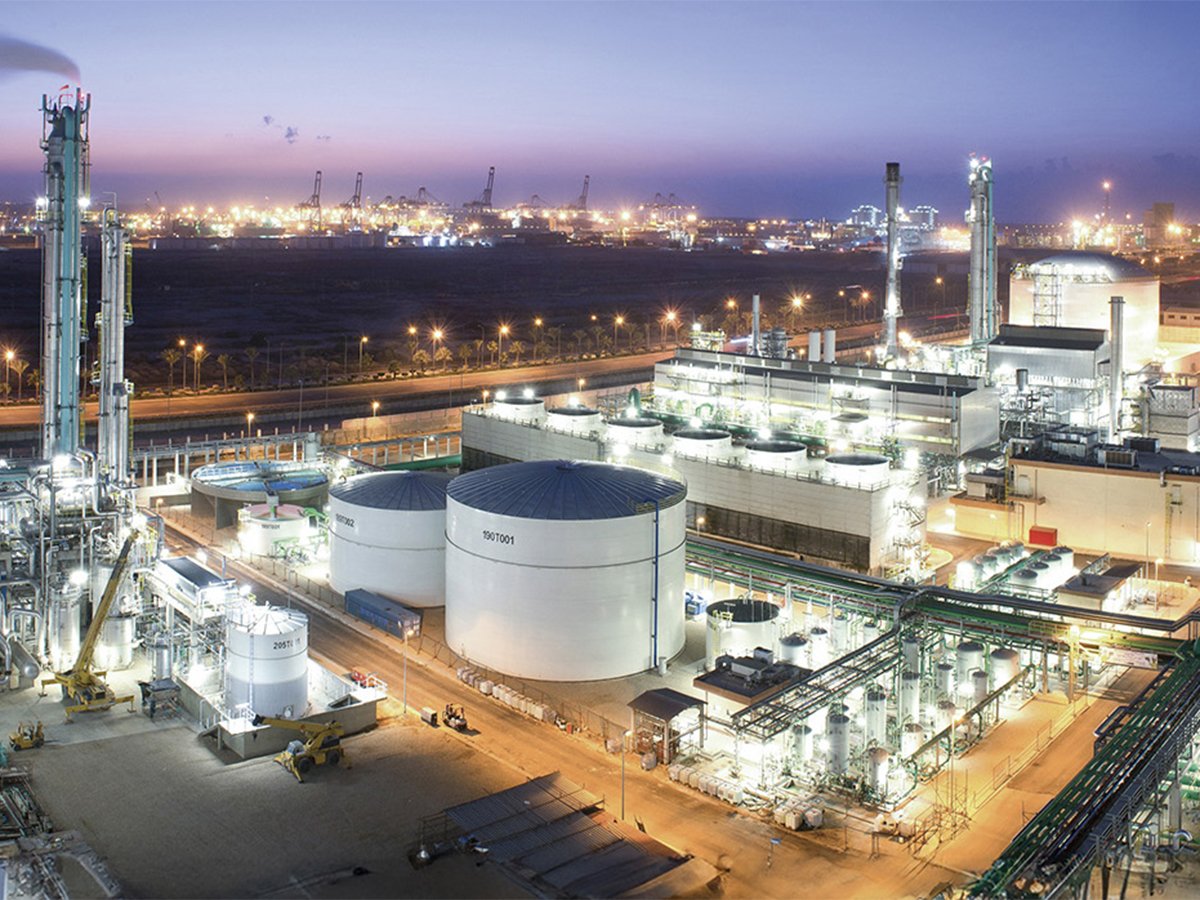EDMONTON – Paper stacked in Phillip Hannemann’s house has taken on a geological formation.
Ask him a question about his fight to stop an oil company from turning the pipeline under his farm into a sour gas pipeline and he can dig through the files to the correct era.
After two years, he knows the files as well as a geologist knows the geological layers that hold the oil and gas that keeps Alberta’s economy booming.
The fight started two years ago when Calgary oil company Encal Energy Ltd. applied to the Alberta Energy and Utilities Board to change the licence on its 37-kilometre Crystal pipeline from Battle Lake to Rimbey to carry sour gas. At the moment it carries sweet gas.
Read Also

Genesis Fertilizers seeks government funding
Genesis Fertilizers is actively seeking funding from government and a strategic partner. The company dispelled a rumour that DL E&C has abandoned the project.
Hannemann and a group of neighbors are worried that if the pipeline is allowed to carry sour gas, which contains deadly hydrogen sulphide, the gas could leak and kill some of the families who live near the pipeline.
Mother Superior Ambrosia, at the Protection of Holy Virgin Mary Russian Orthodox Conven, in Bluffton , is worried that if there is a leak she’d never be able to get the elderly nuns and invalid priest out of the convent.
The pipeline is just behind the convent which is used as a retreat for up to 60 guests.
“We feel with the work we do here it is a risk. They wouldn’t put it beside a school or nursing home,” she said.
“The pipeline is not built for sour gas. It is a risk.”
Not up to code
Landowners concluded from research that some of the welds were not up to standard and other parts of the pipeline were not up to code for sour gas.
Ultrasonic technician and certified welding inspector Brian Schmierer reviewed 821 radiographs of the welds in the pipeline. He said 415 welds contained “internal surface defects” not allowed in normal sour gas codes. Among these 415 welds, he found 28 welds that contained defects not allowed under the sweet gas code.
“The radiography on this project has left grave doubts as to the ability to determine whether this pipeline met the minimum CSA Z-184 in sweet gas service, let alone to be upgraded to sour service status,” Schmierer said in his report.
But Hannemann said neither Encal nor the utilities board told farmers of the substandard pipeline when the sour gas licence change was being discussed.
“It’s only because we were landowners that we went out and pointed out the defects and did the research. It’s all our work that has resulted in this decision,” he said.
“This flies in the face of what I think a board should be. They should be watching out for the landowner.
“It would have been rubber stamped and the board wouldn’t have even looked at the radiographs. We had two weeks to put in our objections. If we hadn’t the board would have rubber stamped it.”
During a second utility board hearing, Encal Energy said the pipeline is safe for sour gas. A new pipeline would cost $3 million.
The board agreed, but Encal’s relicensing request will be granted only if it meets several conditions, including producing copies of the pipe mill certificates used to build the pipeline and conducting a detailed inspection of the pipeline.
During the hearing, Encal said there is only about three years supply of sweet gas in the area and using the pipeline for sour gas is the most practical solution to transporting the reserves of sour gas.
One of the farmers’ concerns is the pipeline doesn’t meet CSA standards for sour gas. Encal said CSA regulations only apply to new pipelines. “The CSA standard is silent on converting a sweet gas pipeline to sour gas service,” Encal told the hearings.
Further ensure safety
The company emphasized it believes the pipeline is safe for sour gas, but would send a smart pig, an electronic device, through the pipe to check the condition of the pipeline and put a type of inhibitor through the pipeline to coat the crevices and eliminate corrosion of the welds.
But Hannemann worries fights between landowners and oil companies will become more commonplace as companies’ sweet gas reserves become less economical and they turn to sour gas.
“There are several pipelines across Alberta being relicensed from sweet to sour gas. How many pipelines are like that that don’t meet sweet or sour code,” he said.
“If it’s way out there in rural Alberta, who’s watching? It’s not just Mexico or Chiapas where things go wrong with pipelines.”














